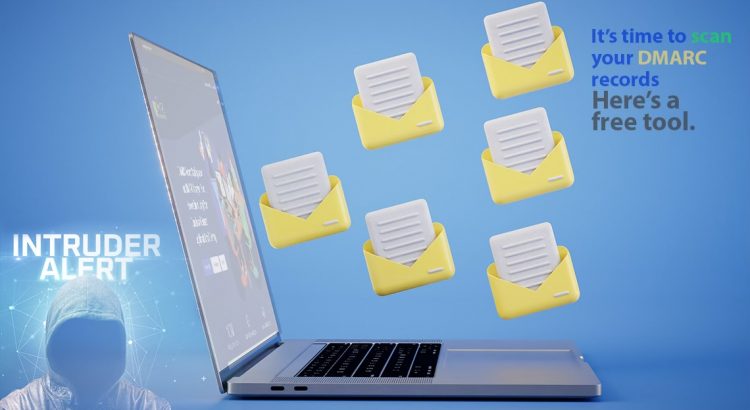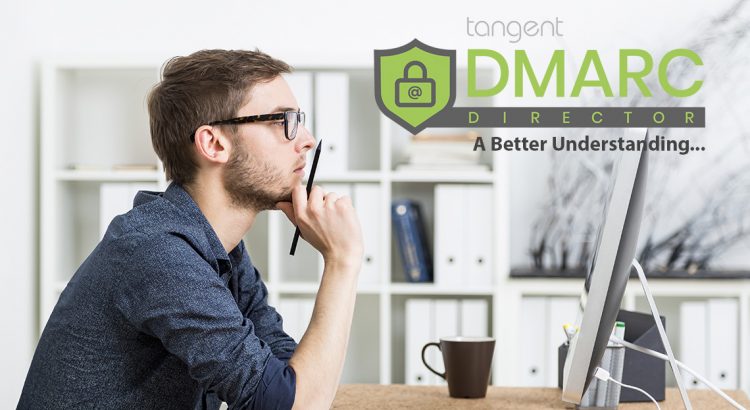What is DMARC? Email communication reigns supreme, ensuring the security and authenticity of emails is of paramount importance. DMARC, short for Domain-based Message Authentication, Reporting, and Conformance, is a powerful email authentication protocol that helps organizations combat email fraud and protect their brand reputation. In this comprehensive guide, we will delve into the key aspects […]
Tag: DMARC Configuration

DMARC Check Tool
Check your DMARC now: Here DMARC Check Tool is a fast, easy tool to quickly check your DMARC settings. DMARC Check serves as a valuable diagnostic tool, specifically designed to analyze the DMARC Record associated with a given domain name. Its functionality includes parsing the DMARC Record, displaying it, and conducting a comprehensive set of […]

Security Assessments for Industrial and Pharmaceutical OEMs
DMARC is a security protocol that helps prevent email fraud and phishing attacks by allowing email recipients to verify that incoming messages are from an authorized sender. Enabling DMARC will stop your domain from being spoofed. It stands for Domain-based Message Authentication, Reporting, and Conformance. DMARC also enables senders to receive reports on how their […]

DMARC: How Hackers Exploit Misconfigured DMARC Settings
Email security is a critical concern for businesses and organizations of all sizes. One important tool for protecting against email-based attacks is DMARC. When properly configured, DMARC helps to confirm the authenticity of emails & intercept them from being spoofed or impersonated. However, misconfigured DMARC settings can leave an organization vulnerable to hacking attempts. We’ll […]

Why Do I Need DMARC Configured?
DMARC, or Domain-based Message Authentication, Reporting, and Conformance is a crucial email authentication protocol that helps protect email senders and recipients from spam, phishing, and other types of email fraud. If you’re a business owner or administrator responsible for managing email for your organization, you may have heard of DMARC and wondered why it’s important to have […]

The Importance of Having a DMARC Email Authentication
An important element of phishing defenses for any organization, large or small, is DMARC email authentication. DMARC stands for Domain-based Message Authentication, Reporting, and Conformance. Its main purpose is to mitigate phishing attacks that spoof an organization’s domain and get those emails delivered to inboxes. Protect Your Business Brand Email security is important for keeping […]
